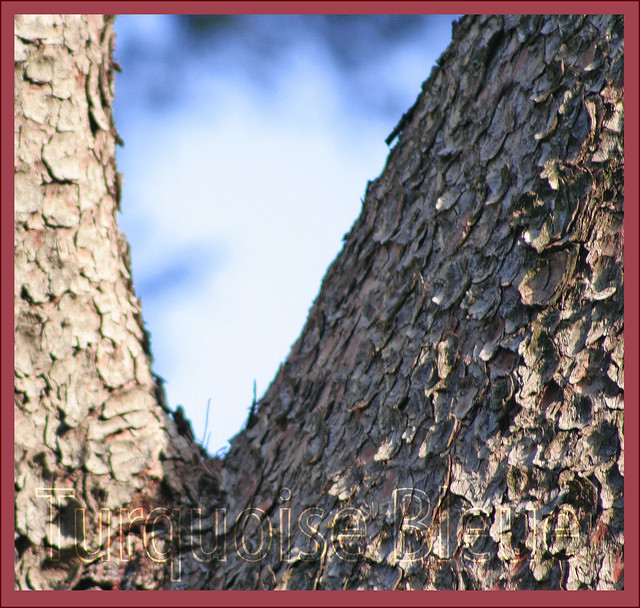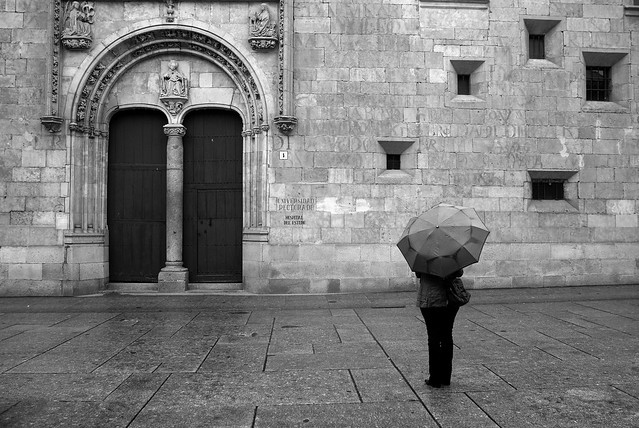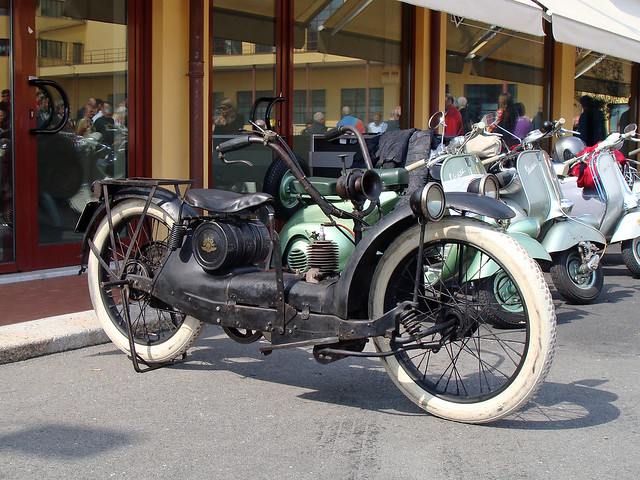
sixty four critters
020/365
What's your favorite animal?

020/365
What's your favorite animal?

The tree, many hundred years old, was dominating the park.
Its branches were strong and extraordinary large : it was calling to mind about energy, fight and time going too.
Its trunck was rising straight and strong on many meters, before dividing itself into two branches, each one as strong as the other one. At the « V » of the trunck, I caught the blue sky I saw, triangle of hope through the filter of times.
« No need to run, the tree was teeling me, just take the time! »
I left with my patch of blue in my head…..
- - - - - - - - - - - - - - - - - - - - - - - - - - - - - - - - - - - - - - - - - - - - - - - - - - - - - - - - - - - - - - - - - -
L'arbre plusieurs fois centenaires dominait le parc.
Sa ramure forte et extraordinairement large parlait d'energie, de combat, du temps qui passe aussi.
Son tronc s'elevait droit et fort sur plusieurs metres avant de se diviser en deux branches d'egales forces. Au "V" du tronc je rendis prisonnier le ciel bleu que je voyais, triangle d'esperance vu au filtre du temps.
"Nul besoin de courir, me disait l'arbre, prends le temps!"
Je repartis avec mon coin bleu dans la tete.....
IMG_6820.jpg

See Obverse picture for coin historical background.
Republic of Lebanon AR 10 Piastres 1929 AD; Reverse:
----------------------------------------------------------------------------
Two symmitrical Grape holders with grapes, 10 Ashrat Gerush (in arabic) above, 10 Piastres below, F-VF

When the sun shines, we’ll shine together
Told you I'll be here forever
Said I'll always be a friend
Took an oath I'ma stick it out till the end
Now that it's raining more than ever
Know that we'll still have each other
You can stand under my umbrella
(Rihanna, Umbrella)

Non chiedetemi di piu...non sapevo neppure che esistesse!
Do not ask other information... I did not know it even existed!

Belgrade (Serbian: Београд) is the capital and largest city of Serbia. The city lies on two international waterways, at the confluence of the Sava and Danube in north central Serbia, where the Pannonian Plain meets the Balkan Peninsula. With a population of 1.689.000 (official estimate 2006), Belgrade is the largest city in the territory of the former Yugoslavia and the fourth largest in Southeastern Europe, after Istanbul, Athens, and Bucharest.
One of the oldest cities of Europe, with a continuous documented history of 7,000 years, Belgrade's wider city area was the birthplace of the largest prehistoric culture of Europe, the Vinca culture. Discovered by the Greeks, the foundation of the city itself dates back to Celtic and later, Roman periods, followed by the settlement of White Serbs around the 7th century. In medieval times, it was in the possession of Byzantine, Frankish, Bulgarian, Hungarian and Serbian rulers, until it was conquered by the Ottomans in 1521 and became the seat of the Pashaluk of Belgrade. It became the capital of an independent Serbian state for the first time in 1284 (lost to Hungary in 1427), the status that it would regain only in 1841, after the liberation from the Ottomans. Northern Belgrade, though, remained an Austrian outpost until the breakup of Austria-Hungary in 1918. The united city then became the capital of several incarnations of Yugoslavia, up to 2006, when Serbia became an independent state again.
En. wikipedia. org/wiki/Belgrade
Kalemegdan is the core and the oldest section of the urban area of Belgrade and for centuries the city population was concentrated only within the walls of the fortress, thus the history of the fortress, until most recent history, equals the history of Belgrade itself. First settlement was founded in the 3rd century BC by the Celtic tribe of Scordisci. The city-fortress was later conquered by the Romans, became known as Singidunum and became a part of "the military frontier", where the Roman Empire bordered "barbaric Central Europe". Singidunum was defended by the Roman legion IV Flaviae which built a fortified camp on a hill at the confluence of the rivers the Danube and the Sava.
City’s history is long and complicated, more about Kalemegdan and Singidunum can be read on wikipedia.
After almost two millennia of continuous sieges, battles and conquests the fortress is today known as the Kalemegdan fortress.
The name Kalemegdan derives from two Turkish words, kale (fortress) and megdan (battleground) (literally, "battlefield fortress").
En. wikipedia. org/wiki/Kalemegdan
En. wikipedia. org/wiki/Singidunum